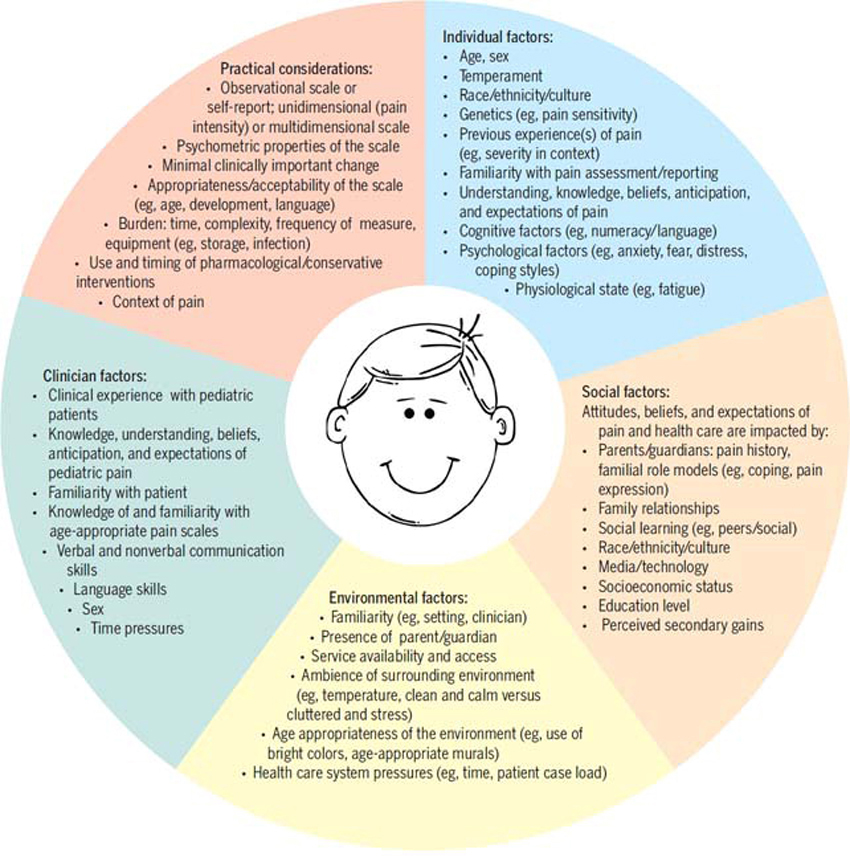An Investigation of Musculoskeletal Dysfunctions in Infants Including a Case Series of KISS Diagnosed Children
SOURCE: J Clin Chiro Peds 2012 (Jun); 13 (1): 958–967
Josefa Langkau and Joyce Miller BS, DC , DABCO, FCC (UK), FEAC, FACO(US)
Josefa Langkau
34 Morley Road,
BH5 2JL, Bournemouth, United Kingdom
Joyce Miller, BS, DC, DABCO, FCC (UK), FEAC, FACO(US)
Associate Professor, Anglo-European College of Chiropractic,
Bournemouth, United Kingdom
Objective: The purpose of this study was to describe etiology, presentation and treatment of musculoskeletal issues in early infancy by integrating a case series of infants diagnosed with kinematic imbalance due to suboccipital sprain (KISS) and treated in a teaching clinic in the United Kingdom with a critical review of the concept of KISS. The concept has been developed by Heiner Biedermann and medical doctors in Germany and contributed significantly to the development of manual therapy in
children in that country.
Methods: A literature review was conducted. The search was focused on German studies about KISS syndrome and English studies about musculoskeletal issues in infants. Search strategy: ZDB, ZB MED and PubMed and hand search in German libraries. The data were collected by survey via a data collection system and files in the Anglo European College of Chiropractic (AECC)
teaching clinic.
Results: The primary differences between the diagnosis and treatment recommended by Biedermann and that in the AECC clinic are 1) the recommended use of x-ray prior to treatment by Biedermann and 2) recommended force used in treatment (4 N at AECC versus 70 N with Biedermann).
There are more articles like this @ our:
Conclusion: Musculoskeletal issues caused by birth and intrauterine posture are commonly observable and early treatment is often recommended; however, the grounding in evidence is not yet known. What this study adds to the literature is that:
-
Radiologic evaluation of every child cannot be justified without any red flags due to known radiation hazards.
-
Different treatments involve very different forces. Future studies about effectiveness and safety should focus on specific treatment style and force.
-
There is no genetic component to develop KISS syndrome and the predisposition of male sex is more likely related to a bigger than average size at birth.
From the Full-Text Article:
Introduction
Musculoskeletal dysfunctions in the infant including torticollis, infantile scoliosis and facial asymmetry have been noted by various authors in the past two decades. [1-7] Facial asymmetries and head deformities in neonates are common and dysfunctional hip development has also been noted. [4]
The surgeon, Heiner Biederman, who contributed significantly to the development of manual therapy in children in Germany, also developed the concept of the kinematic imbalance due to suboccipital strain or “KISS-syndrome”. It suggests that functional abnormality in the atlantooccipital and atlanto-axial joints (for example, caused by birth trauma) might lead to a spectrum of symptoms and complaints in newborns. [8]
Read the rest of this Full Text article now!






Leave A Comment